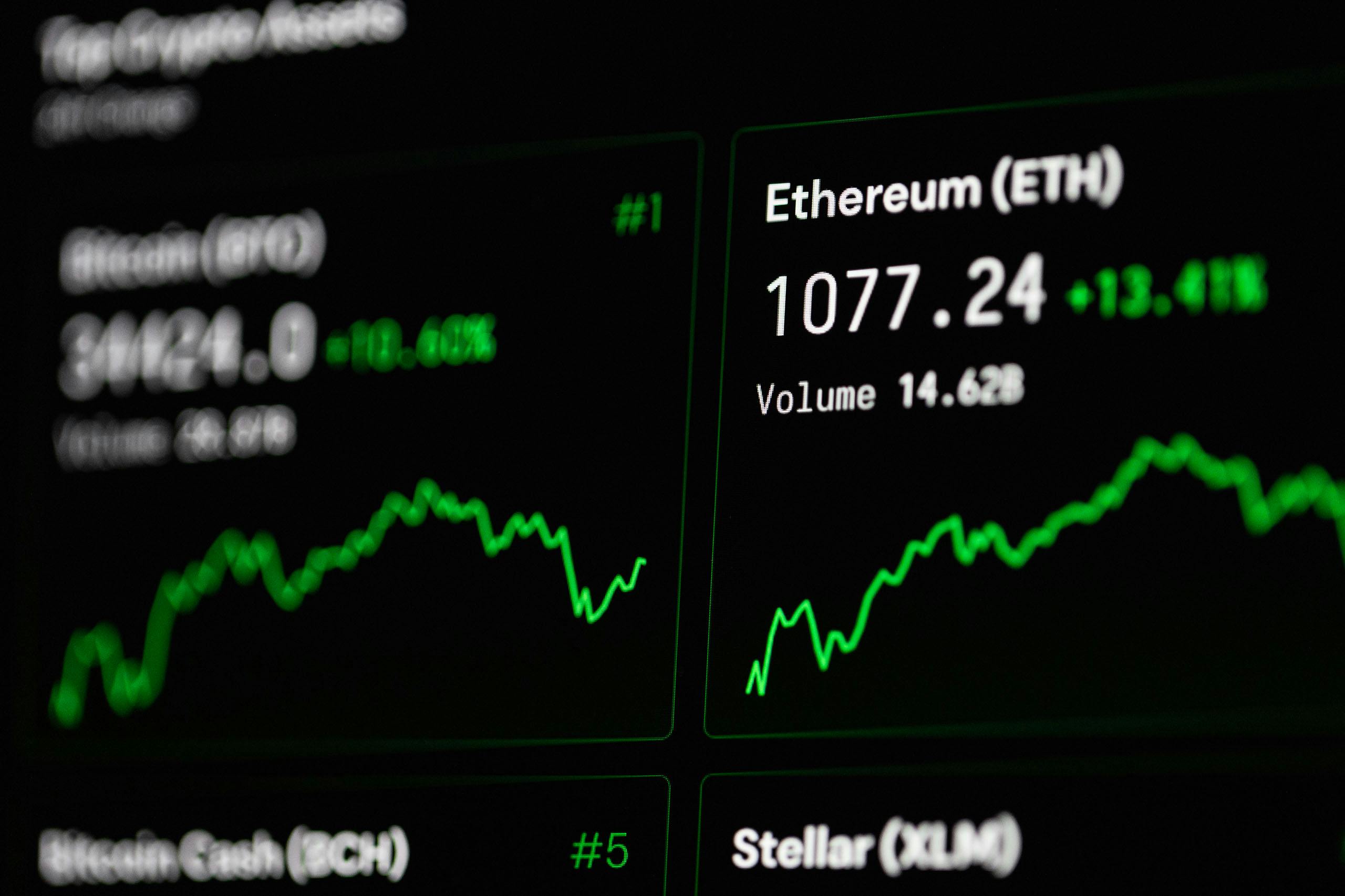The circular economy is rapidly reshaping how businesses view and manage their resources, waste, and product lifecycles. This innovative business model focuses on redefining growth, with an emphasis on benefits for all. It entails gradually decoupling economic activity from the consumption of finite resources and designing waste out of the system. It’s underpinned by a transition to renewable energy sources.
This article will delve into the principles of circular economy in business and how they can be applied to create more sustainable business practices.
Also to discover : The impact of social media on corporate branding
Understanding the Concept of Circular Economy
The first step in applying the principles of the circular economy in business is to understand what it is and how it works. At its core, a circular economy is a systemic approach to economic development designed to benefit businesses, society, and the environment.
In contrast to the ‘take-make-waste’ linear model, a circular economy is regenerative by design and aims to keep products, equipment, and infrastructure in use for as long as possible, extract the maximum value from them while in use, then recover and regenerate products and materials at the end of each service life.
Also read : How are augmented reality apps changing the shopping experience?
The Role of Design in the Circular Economy
Design plays a pivotal role in the circular economy. It begins with designing products that can be ‘made to be made again’ and powerfully underline the fact that the cradle-to-cradle design philosophy is crucial to the circular economy.
Designing for the future involves creating products that are easy to disassemble for repair or recycling, and using materials that are as non-toxic as possible. By designing out waste and pollution, products and materials keep circulating in ‘closed-loop’ systems, rather than being used once and then discarded.
Principles of Circular Economy in Business
Several principles underpin the circular economy. These can be distilled into three main areas: designing out waste and pollution, keeping products and materials in use, and regenerating natural systems.
Designing out waste and pollution is about creating systems that prevent waste and pollution from being created in the first place. This requires a different approach to the design and manufacture of products, where every material used is considered for its lifecycle impact and potential for reuse or recycling.
Keeping products and materials in use means designing for durability, reuse, remanufacturing, and recycling to keep components and materials circulating within the economy. This could be achieved through business models that focus on product-as-a-service or those that encourage consumers to return products at the end of their life.
Regenerating natural systems involves returning valuable nutrients to the soil and other ecosystems. This could be achieved through processes like composting organic materials, or responsibly recycling metals, fibers, and other non-biodegradable materials.
Circular Economy Business Models
There are numerous business models that companies can adopt to transition to a circular economy. Some of the popular models include the product as a service model, where products are leased rather than sold; the sharing or peer-to-peer model, where underused assets are shared; and the remanufacturing or refurbishing model, where products are restored or renewed.
Embracing these models can help businesses not only reduce their environmental impact but also tap into new revenue streams and growth opportunities. By extending the life of products through repair, maintenance, and upgrading, companies can potentially increase customer loyalty and differentiate their offerings in the market.
The Sustainable Energy Aspect of the Circular Economy
A circular economy must be powered by renewable energy. With the use of renewable energy, the circular economy can function sustainably for the long term.
Transitioning to renewable energy sources helps to reduce greenhouse gas emissions and dependence on finite fossil fuels. In a circular economy, energy efficiency is maximized, and products and processes are designed to use as little energy as possible.
In conclusion, the principles of the circular economy present a real opportunity for businesses to drive growth, innovation, and competitiveness, all while benefiting the environment and society. By understanding and applying these principles, businesses can be a part of the solution to the global sustainability challenge.
Applying Circular Economy Principles in the Supply Chain
Supply chain management is a key area where businesses can apply the principles of the circular economy to improve efficiency and sustainability. By viewing the supply chain through the lens of a circular economy, businesses can identify opportunities to reduce waste, improve resource efficiency, and create value.
In a circular supply chain, products and materials are kept in use for as long as possible. This means that the focus shifts from purchasing raw materials to using recycled or renewable materials. This approach not only reduces the demand for finite resources but also minimizes the amount of waste generated.
Another key principle of the circular economy is designing out waste and pollution. This can be achieved by implementing processes like reverse logistics, which enables companies to recover and reuse products at the end of their life cycle. By doing so, businesses can transform waste into a resource, creating a closed-loop system.
Moreover, a circular supply chain also emphasizes the importance of renewable energy. Green logistics, which involves optimizing transportation and distribution processes to reduce carbon emissions, is an example of how businesses can incorporate renewable energy into their supply chains.
Adopting a circular supply chain offers numerous benefits, including cost savings, improved customer loyalty, increased business resilience, and a reduced environmental footprint. According to the Ellen MacArthur Foundation, circular supply chains can also stimulate innovation, create jobs, and contribute to economic growth.
Conclusion: Embracing the Circular Economy in Business
The principles of the circular economy offer a new lens through which businesses can view and manage their operations. This systemic approach not only promotes sustainability but also opens up exciting opportunities for innovation and growth.
By designing out waste and pollution, businesses can create products and systems that are regenerative by design. This shift away from the traditional ‘take-make-waste’ model helps to conserve valuable resources and reduce environmental impact.
Keeping products and materials in use for as long as possible extends their lifecycle and maximizes their value. This can be achieved through innovative business models, such as product-as-a-service or peer-to-peer sharing, which encourage reuse and recycling.
Finally, transitioning to renewable energy sources reduces reliance on finite fossil fuels, decreases greenhouse gas emissions, and supports the long-term sustainability of a circular economy.
As businesses around the world embrace the principles of the circular economy, they are not only contributing to the global sustainability challenge but also creating significant economic opportunities. The circular economy is fast emerging as the business model of the future, providing a roadmap towards a sustainable and prosperous future for all.











